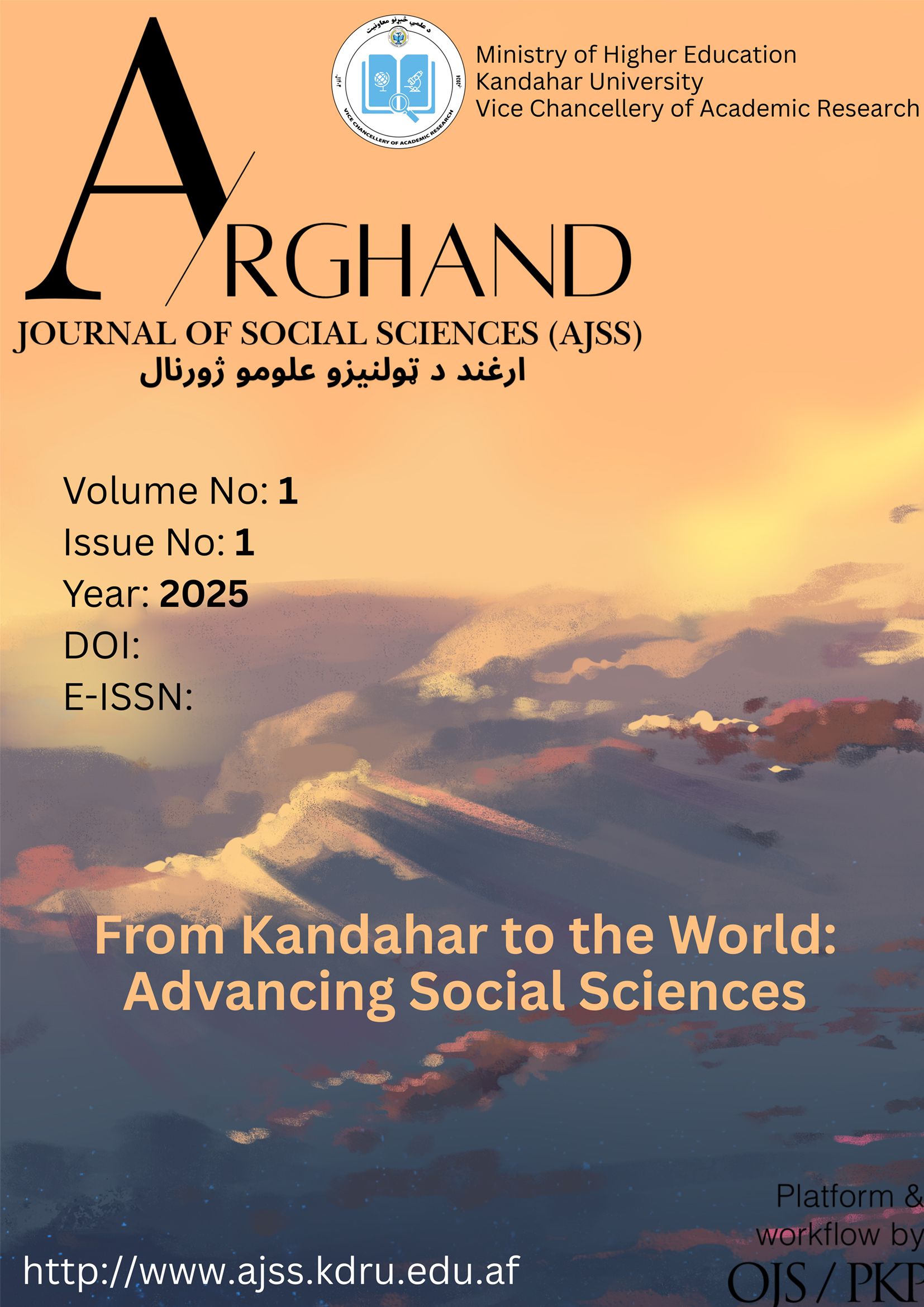Computer-based Modeling for Science Teaching and Learning: A Literature Review
Keywords:
computer-based model, interaction, science teaching, assessment, challengesAbstract
Purpose – Recently, science education has shifted its focus toward computer-based modeling. While there is a considerable body of research on tools and practical applications, a significant gap exists in systematic reviews of these studies. This study aims to address the lack of comprehensive and systematic reviews in the field of computer-based modeling within science education. While numerous studies explore tools and applications, many existing reviews fail to adhere to standardized definitions and overlook key literature. The goal is to synthesize current research trends and identify gaps to inform future investigations.
Method – A systematic literature review was conducted using databases such as Web of Science (WOS), Scopus, and selected peer-reviewed journals. The process involved defining precise search keywords and inclusion/exclusion criteria. Multiple screening rounds were performed to refine the selection, ultimately identifying eleven relevant studies focused on computer-based modeling tools in science education.
Results – The selected studies reveal evolving interest in computer-based modeling, with notable shifts in research focus over time. Discrepancies were found in how modeling tools are defined and applied, highlighting inconsistencies across studies. After multiple screening rounds, the study ultimately identified eleven works related to computer-based modeling tools. The results begin with an analysis of publication distribution, research trends, types, and methodologies. Next, it examines participant profiles, including their geographical distribution, educational levels, and sample sizes.
Practical Implications – Educators and curriculum designers can use these insights to better integrate computer-based modeling into science instruction. The review also helps researchers refine their methodologies and align their work with standardized definitions, improving the coherence and impact of future studies. The findings provide valuable insights to guide future research directions.
Originality/Novelty – This review stands out by rigorously applying a systematic methodology to evaluate literature on computer-based modeling in science education. It fills a critical gap by offering a structured synthesis of existing research, clarifying definitions, and spotlighting overlooked studies that are essential for advancing the field.
Downloads
References
Ahern, T. C., Peck, K., & Laycock, M. (1992). The effects of teacher discourse in computer-mediated discussion. Journal of Educational Computing Research, 8(3), 291–309. https://doi.org/10.2190/hfpw-jyr3-ymbe-0j7d
Alonzo, A. C., & Gotwals, A. W. (2012). Learning progressions in science: Current challenges and future directions. Rotterdam: Sense Publishers.
Cisterna, D., Forbes, C. T., & Roy, R. (2019). Model-based teaching and learning about inheritance in third-grade science. International Journal of Science Education, 41(15), 2177-2199. https://doi.org/10.1080/09500693.2019.1663561
Guo, Q., He, Y., Chen, Y., & Qiao, C. (2024). Design and application of computational modeling in science education research: a systematic review. Interactive Learning Environments, 1-24.
Johnson, A. M., Jacovina, M. E., Russell, D. E., & Soto, C. M. (2016). Challenges and solutions when using technologies in the classroom. In S. A. Crossley & D. S. McNamara (Eds.) Adaptive educational technologies for literacy instruction (pp. 13-29). New York: Taylor & Francis. Published with acknowledgment of federal support.
Lin, J., Zhang, L., Wei, W., Cheng, P. H., & Chang, C. Y. (2022). Interactive computer assessment and analysis of students’ ability in scientific modeling. EURASIA Journal of Mathematics, Science and Technology Education, 18(12), em2194. https://doi.org/10.29333/ejmste/12682
Louca, L. T., & Zacharia, Z. C. (2008). The use of computer‐based programming environments as computer modelling tools in early science education: The cases of textual and graphical program languages. International Journal of Science Education, 30(3), 287-323.
Louca, L. T., & Zacharia, Z. C. (2015). Examining learning through modeling in K-6 science education. Journal of Science Education and Technology, 24, 192-215.
Mercer, N. (2007). Sociocultural discourse analysis: Analyzing classroom talk as a social mode of thinking. Journal of Applied Linguistics and Professional Practice, 1(2), 137–168. https://doi.org/10.1558/japl.v1.i2.137
Nguyen, H., & Santagata, R. (2021). Impact of computer modeling on learning and teaching systems thinking. Journal of Research in Science Teaching, 58(5), 661-688.
Ogegbo, A. A., & Ramnarain, U. (2022). A systematic review of computational thinking in science classrooms. Studies in Science Education, 58(2), 203-230.
Pellegrino, J. W. (2005). The challenge of knowing what students know. Measurement Interdisciplinary Research and Perspectives, 1(2), e7-e11.
Sanford, C., & Sokol, V. (2017). Professional Development: Targeted On-the-Job Trainings. In Preparing Informal Science Educators (pp. 289–310). Columbus, USA: Springer.
Sins, P. H., Savelsbergh E. R. & van Joolingen, W. R. (2005). The Difficult Process of Scientific Modelling: An analysis of novices’ reasoning during computer-based modelling. International Journal of Science Education, 27, 1695–1721.
Zhang, B. H., Wong, L. H., Chew, L. C., & Jacobson, M. J. (2006). Using computer-based modelling for primary science learning and assessment Author (s) Bao Hui Zhang, Lung Hsiang Wong, Lee. Education, 22(9), 1041-1053.








